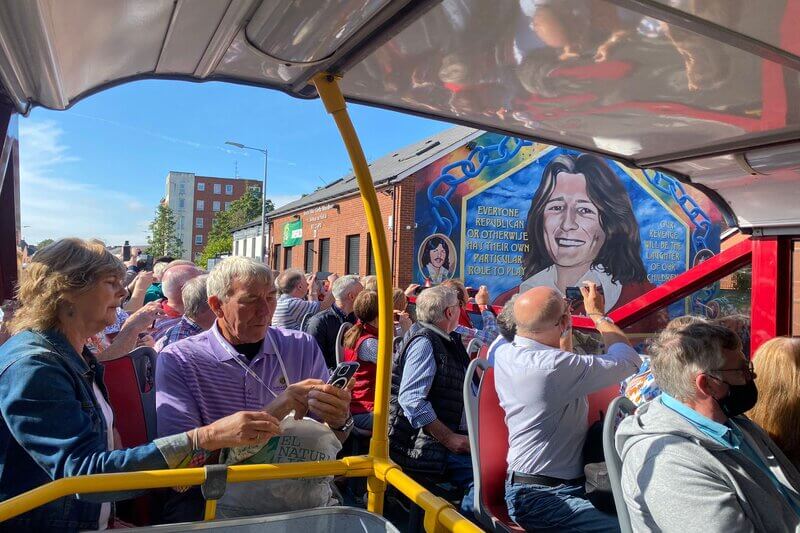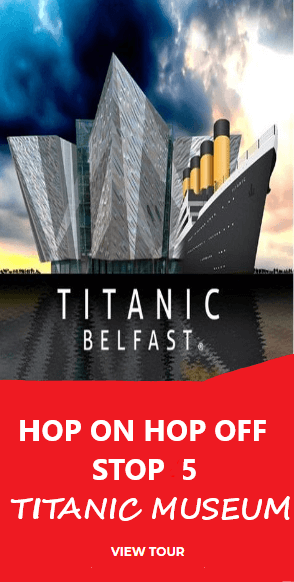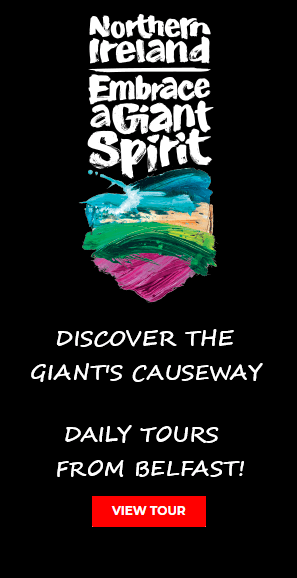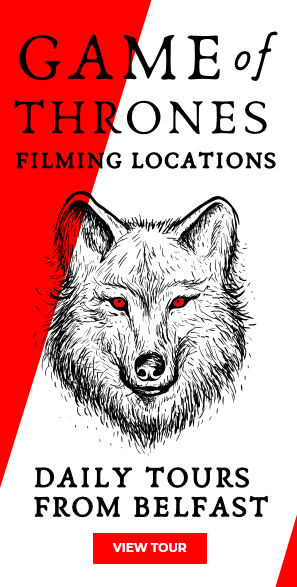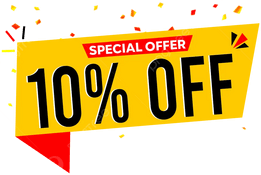The Falls Road is undoubtedly one of the most famous roads in Belfast, a Nationalist & Republican area that gained worldwide media coverage during an era known as The Troubles.
'The Falls' as it is locally refered to, showcases this era with stunning street art, otherwise known as the Belfast Murals.
The artworks in the area delivers a message from a republican perspective, from the past to the present day. Political events both locally and worldwide that Irish Republicanism either sees as injustices, or have shared political viewpoints in common are often expressed in these works of art.
The International Wall

The road orginally began its life as a small country lane leading in & out of Belfast, the Falls Road inherits its English name from ancient Irish phrase 'túath na bhFál'. Meaning, 'territory of the enclosures'.
The size of the territory was equal to the Shankill civil parish and it included the greater part of todays modern city of Belfast.
Industrial Revolution - With the turn of the 19th century heavy industry had arrived, with large linen mills being built nearby in Bedford Street & the Linen Quarter.
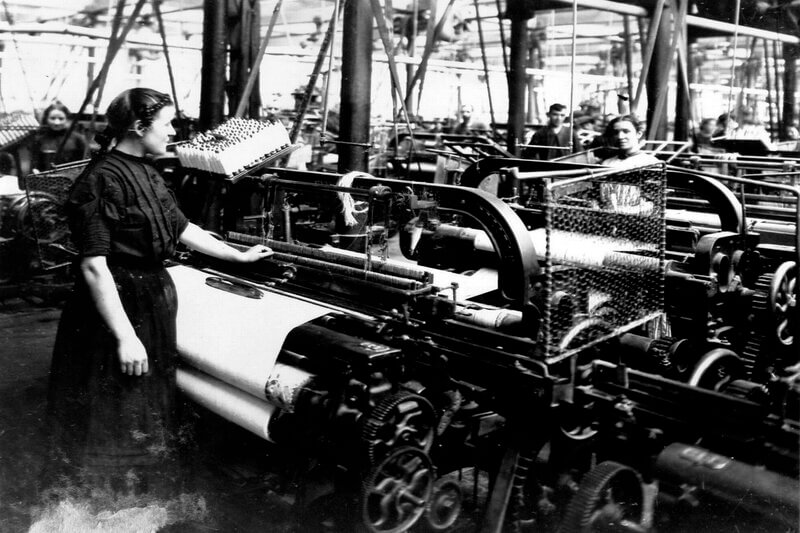
During this time, Belfast had become the world leader in linen production, even being nicknamed 'Linenopolis'. The Falls Catholic population grew rapidly due to the new sources of employment, attracting people who lived nearby.
With thousands of new jobs and opportunity, newly constructed housing began popping up around the falls area for the influx of new workers, forming a tight knit community of narrow streets & terraced houses.
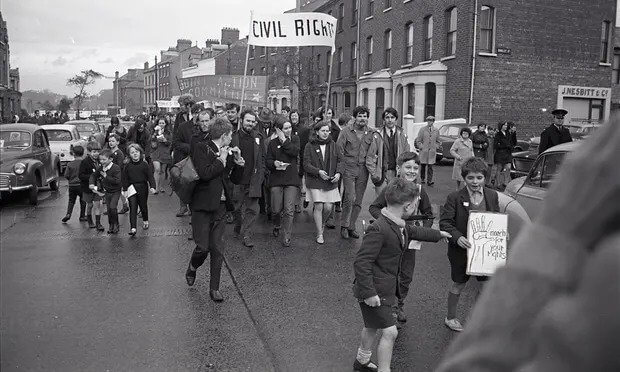
The Civil Rights Movement - In August 1969 several streets were burnt out just off the Falls Road, with six Catholics killed. Due to tentions of civil rights movement taking off during this period, the British Army where drafted in to protect Catholics from future attacks.
However, their heavy-handed tactics isolated many of the local residents. This event could well be argued as the beginning of The Troubles and what unfortunately lay ahead.
The Falls Curfew - The following year, the British Army sealed off the Falls in what has become known today as 'Battle of the Falls'. Three thousand homes where sealed in for 36 hours, while the army searched house to house for weapons.
The curfew quickly turned into a riot with local residents after the use of tear gas which then progressed with guns being brought onto the streets by the local Provisional IRA, and live round exchanges being made with the British Army.
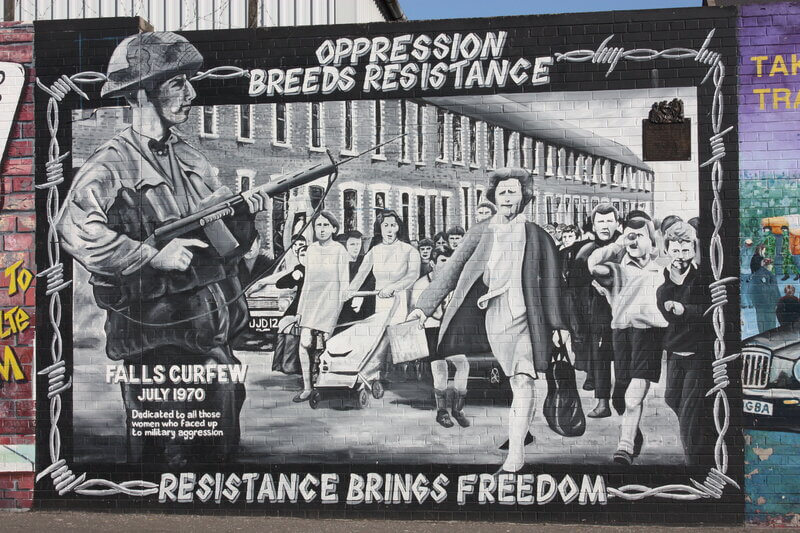
The operation saw 337 people arrested, 78 people wounded and four local residents being killed. The incident increased support for the IRA, turning the Catholic community against the British Army.
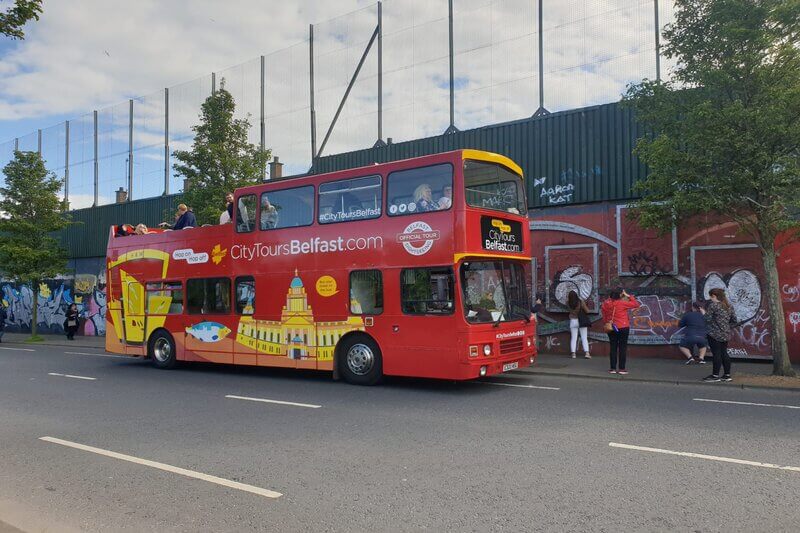
Over the Next 30 Years Northern Ireland experienced an era which is referred to as 'The Troubles'.
Even though peace walls and lines had been erected to quell violence in what would become known as interface areas - 'troubled flashpoints', such as Cupar Way & 'The Peace Wall' separating both the Shankill Road & Falls Road. Tit-for-tat attacks and killings spread throughout the country with the Falls Road & Shankill experiencing some of its worst.
The British Army kept a strong presence on the streets of West Belfast with an observation post ontop of Divis Tower.
Many people lost there lives during this era, until the ceasefire was signed by the IRA in 1994. The following year Bill Clinton the President of the United States visited the Falls Road to lend his support to the peace process, and what would later develop into the Good Friday Agreement in 1998.
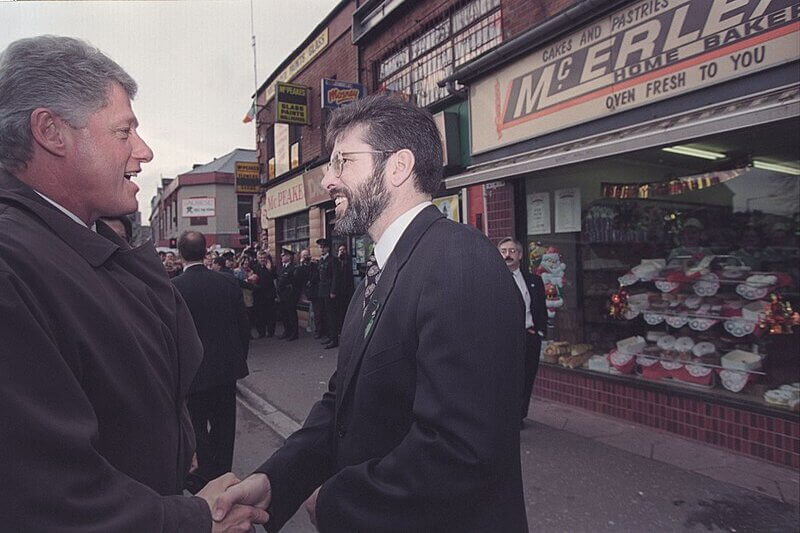
Today you can find tourists from all around the world exploring The Falls area and the murals, the best way to explore safely is on the Belfast hop on hop off tour.
The tour is fully guided and travels past all the main points of interest, in addition you will travel through the peacewall and onto the Shankill Road for a balanced immersive experience.
Points Of Interest
Visit Safely With Us
Travel along the falls road and through the peacewalls & lines, discover Belfast aboard our Hop on Hop off Belfast bus tour, featuring 19 convenient stops across the city.
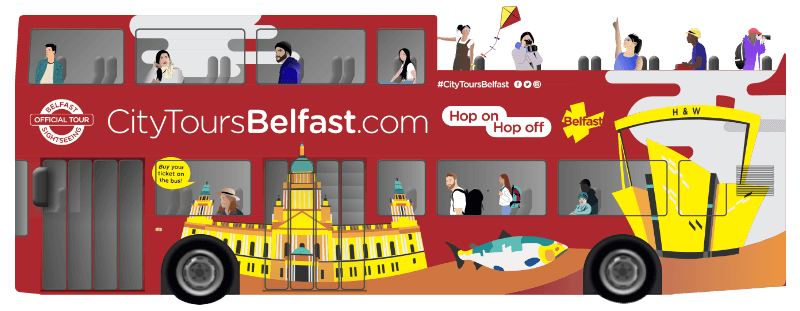

For a more personal experience, a private Belfast black taxi tour is a great choice, perfect for small groups or those looking for a private guided journey through the city's history.
- Belfast Hop on Hop off Tour
- Black Taxi Tour Belfast
- Walking? Open Google Maps
- Travelling via Public Transport?
To be extra safe its recommended to travel on a guided Belfast tour bus, such as the Hop on hop off Belfast tour or a Belfast black taxi tour.
*Please note, only visit during daylight hours as many peace gates do close making accessibility difficult.


